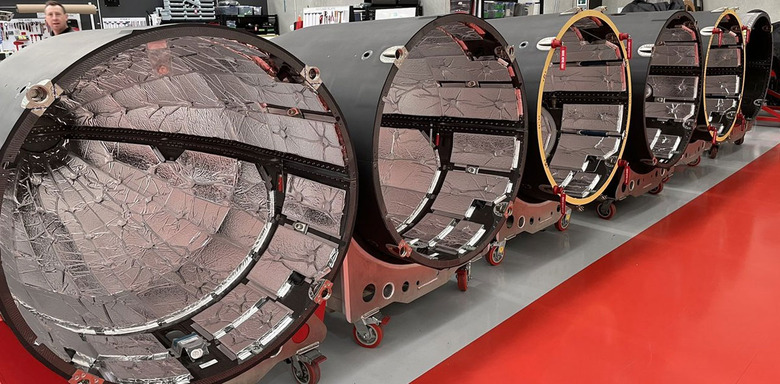Rocket Lab Turns Out A New Rocket Every 20 Days Using Robotics
Rocket Lab recently shared a tweet with a short video, which can be seen below, that shows the robot it uses to be able to turn out a new rocket every 20 days. The robot is called Rosie, and it's always working on building rockets. In a separate tweet, Peter Beck shared images of rocket components stating that one rocket was rolling off the assembly line every 20 days and that the next rocket would be on the launchpad soon.
For those unfamiliar with Rocket Lab, it's a company similar to SpaceX and Blue Origin that uses reusable rockets to make putting satellites into orbit cheaper. However, the Rocket Lab rocket, called Electron, is smaller than the Falcon 9 rocket used by SpaceX. Electron isn't large enough to push capsules or large loads of cargo into orbit.

Rather, Electron focuses on placing small satellites into orbit. Electron is 59 feet high, 3.9 feet in diameter, and has two stages plus a Kick Stage. The rocket has a wet mass of 28,660 pounds and can push a payload into low Earth orbit weighing 661 pounds. The rocket's structure is carbon composite, and it runs on a propellant made up of liquid oxygen and kerosene.
The Kick Stage is one of the most unique aspects of the Electron rocket. That stage is designed to deliver small satellites to precise and unique orbits. Rocket Lab can deploy multiple payloads from a single rocket, even in different planes and inclinations. The rocket supports higher altitude deployments and hosted payloads. Electron is capable of multiple trajectory changes and sustained low altitude orbits.
How do we churn out a new Electron every 20 days? Rosie the rocket building robot is always on the job. pic.twitter.com/jOK8niI0mi
— Rocket Lab (@RocketLab) July 6, 2021
The Kick Stage can also be used to deorbit payloads to prevent space debris accumulation. The rocket's first stage is powered by nine sea-level Rutherford engines producing lift-off thrust of 43,000 pounds and a peak thrust of 56,000 pounds. The second stage has a single vacuum Rutherford engine producing 5800 pounds of thrust.
